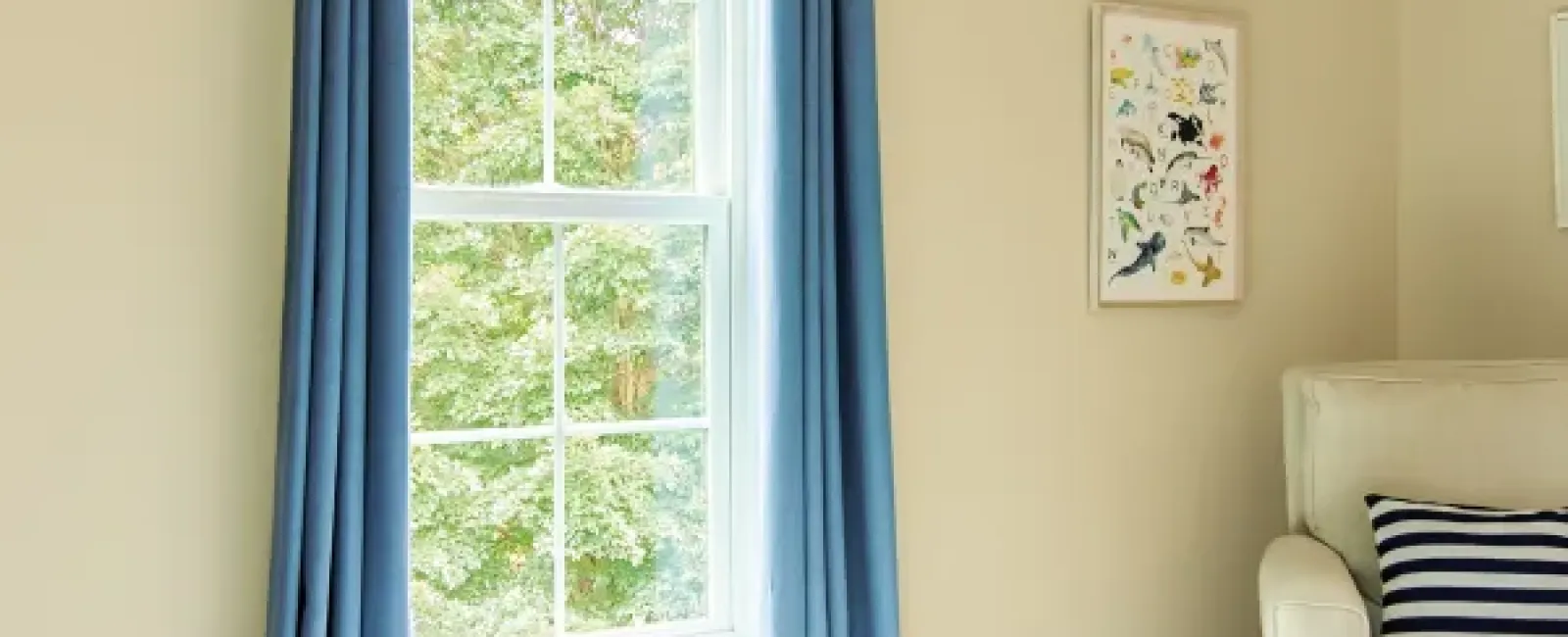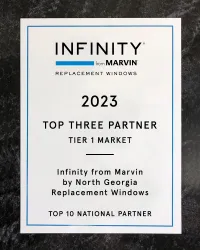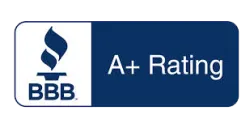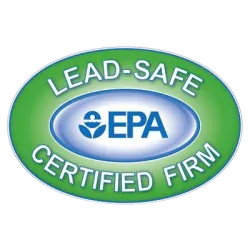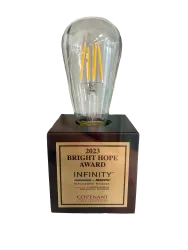Learn About Low E Coatings From the Experts at NG Windows
At NG Windows, we offer Low E coatings on our windows. This is common terminology in our business, but you may be wondering, what does that really mean?
To put it simply, Low E coatings keep the heat out in the summer and the heat in during the winter. Read more to find out how Low E Coatings work and how they are beneficial for your home.
There are many different types of Low E coatings that have different properties because of the type of metal coatings and number of layers used. One of the best types of Low E glass contains two to three layers of silver nitrate that are bonded to the glass when it's made. The Low E coating is micro-thin and nearly invisible, but that is what makes the window so efficient. However, Low E coatings may have a slight tint and exhibit reflective properties when viewed from the exterior in the daytime.
To understand how the Low E coating is so efficient, you need to know about the different light that comes from the sun. There are three key components that make up sunlight: Ultraviolet, Infrared, and the Visible Spectrum of light. The visible spectrum is the harmless and desirable rays. The ultraviolet rays are the ones that cause fading and discoloring to your furniture and paint. The infrared rays are what cause interior surfaces and fabrics to heat up, which then make your home's interior temperature rise.
The Low E coating on your replacement windows can stop most of the harmful ultraviolet and infrared rays and allow the visible rays to pass through. Low E coating helps keep your energy bills down by controlling your indoor temperatures.
Though you have various numbers of Low E layers and metal options, you have two options when it comes to types of Low E Coatings: Hard Coat and Soft Coat. Here are the advantages of each and how to choose which one works for you and your home.
Hard Coat Low E Glass & Soft Coat Low E Glass
Hard Coat Low E is made by pouring a thin layer of molten tin onto a sheet of glass when the glass is still molten. The advantages of Hard Coat Low E are that it is durable and difficult to scratch or remove. Soft Coat Low E is made by applying silver, zinc or tin to glass in a vacuum. Because this coating is delicate and cannot be exposed to air, Soft Coat Low E glass is between two panes of glass and is more expensive and less durable than Hard Coat. However, it has better transmission of visible light rays.
How to Choose between Hard Coat and Soft Coat Low E
Soft Coat Low E is best for warmer climates. It will help you save on air conditioning costs because it blocks out radiant heat and up to 98% of UV rays, which allows your house to stay cool.
Hard Coat Low E is best for cooler climates because it helps keep your heating costs down. The coating on the glass prevents warmer panes of glass on the inside of your house from transmitting heat to the colder part of the glass on the outside of the window.
Low E Glass is sure to help make your home energy efficient. If you have any questions or want to hear about your options, do not hesitate to call NG Windows today!

